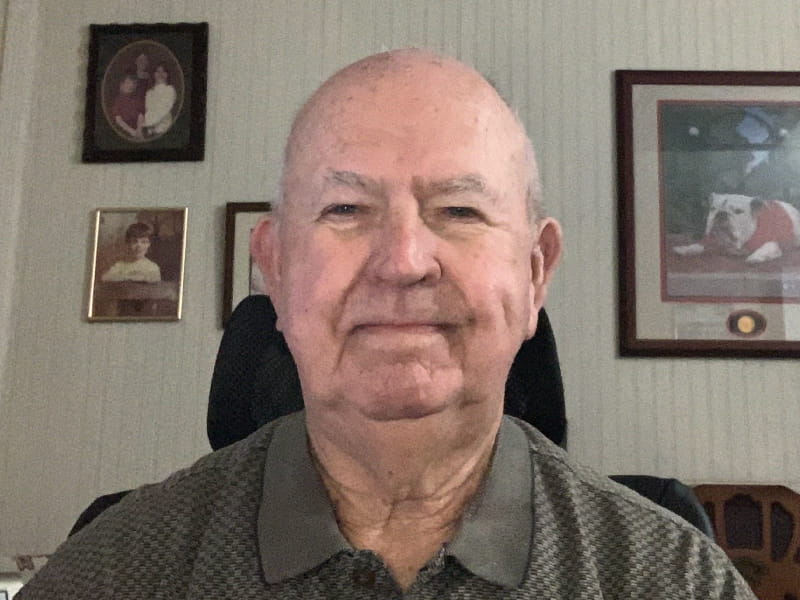
RichardCare
How an active retiree beat colon cancer with screening and the support of his Wellstar care team
Published on March 27, 2025
Last updated 01:55 PM March 27, 2025


If you start noticing something is different—[that] a normal process of your body changes—you need to understand why. That’s what happened to me, and I was fortunate to get my appointment with Dr. Renelus.
- Richard Knox
Colon Cancer Survivor
Tags
Vinings Health Park Cobb Medical Center Roderick Harding RhyantBenjamin Dwight Renelus Anushka Vavitra Arumugasaamy William Lee Forehand III PeopleCare
Related Articles
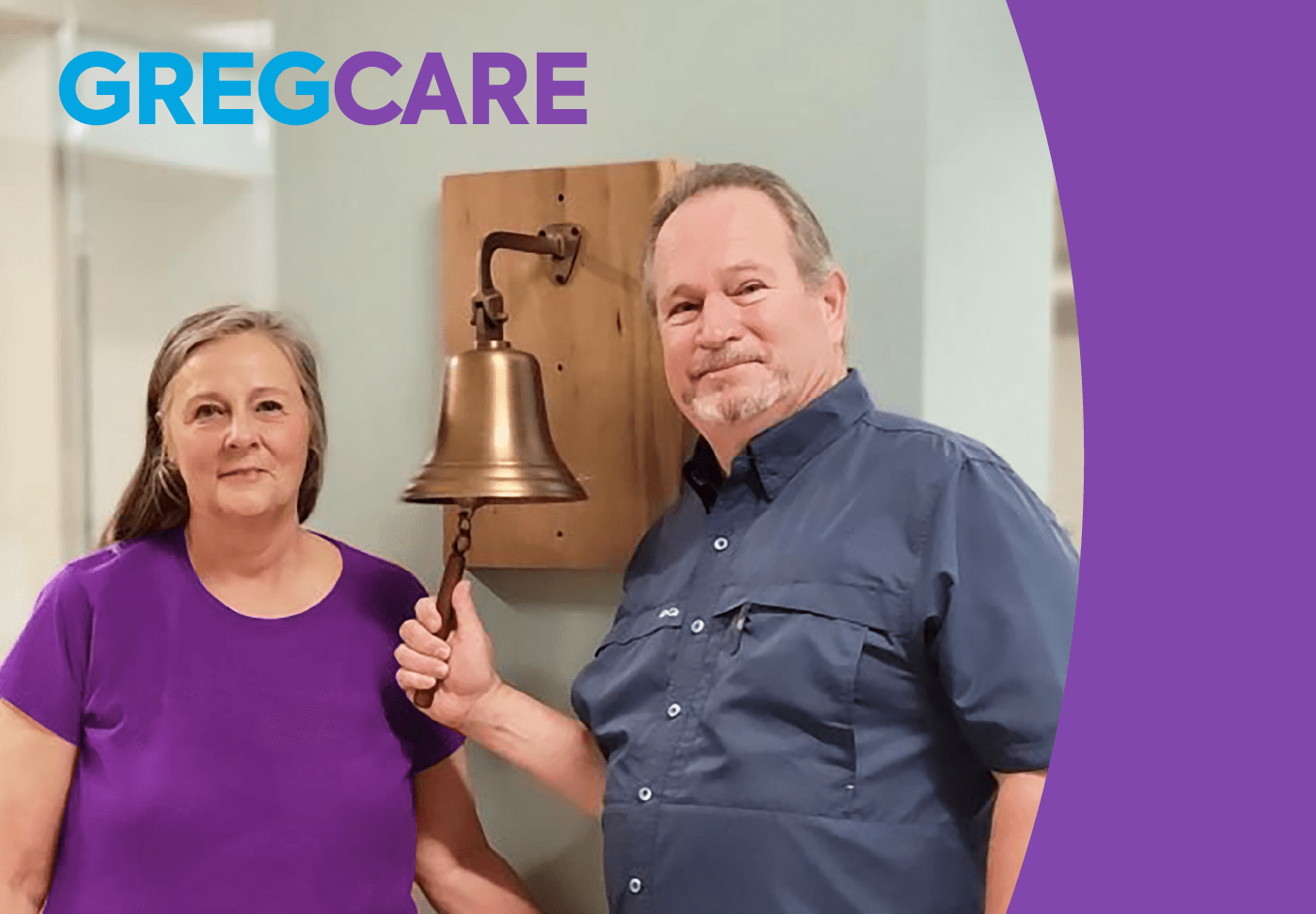
PeopleCare
GregCare
“My wife and I are blessed to live on this land,” Greg Rodgers said. “God instructs us to be good stewards of the land and we are dedicated to doing just that. We’re always mowing, planting and tending to fallen trees.”
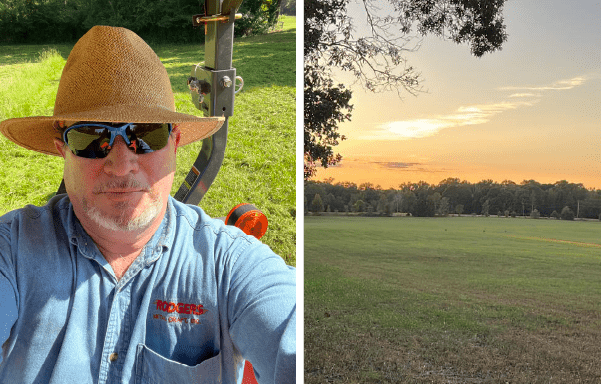
Much like their acreage, Greg sees his body as something that deserves to be maintained with care. And he’s an advocate that other men do the same. Seeing a doctor regularly and getting screened can help identify conditions earlier so they’re more treatable. Greg learned that from his personal experience with prostate cancer, and the team at Wellstar West Georgia Medical Center who helped him overcome it.
“It’s not so much my story as the story of the professionals at Wellstar—they’re tremendous people,” he said.
The right tests for an accurate diagnosis
Prostate health is not something to ignore. Greg understands this now after a routine PSA test—a simple blood test—came back abnormal in 2020. When PSA levels are checked regularly and rise over time, they can be a sign of prostate cancer.Because of his elevated PSA, Greg began monitoring his prostate health and eventually, connected with Wellstar Urologist Dr. Richard Jadick in LaGrange. Dr. Jadick performed a UroNav fusion biopsy to investigate his climbing PSA. During the procedure, an MRI helps accurately target the biopsy location. This biopsy has a low false negative rate, meaning the results are more trustworthy than in the past. Greg’s results came back positive for prostate cancer.
Pursuing personalized, expert care
Because every case of prostate cancer is different, there are a range of options for treating it, from active surveillance (monitoring with imaging) to advanced treatments like robotic surgery and targeted radiation therapy that have fewer side effects than traditional treatments.Greg and Dr. Jadick discussed several options, but before Greg made any decisions, Dr. Jadick recommended he see Dr. Robert Taylor, a Wellstar radiation oncologist.
Greg remembers having reservations about radiation therapy. But once he arrived for the appointment, he felt immediately at ease. “Dr. Taylor is a quiet, confident person with a kind smile,” he said. “He was really good at explaining everything, going through studies and the different procedures. He’s so methodical, so good at answering questions and so patient.”
The option they settled on was a high dose of targeted radiation aimed at the prostate during a shorter treatment course (20 days versus 44). A newer technology called SpaceOAR Hydrogel would separate the rectum from the prostate during treatment, preventing unnecessary radiation exposure—and side effects.
“When it comes to choosing the right treatment, everything is a balance between the risk level and a variety of other personal factors,” Dr. Taylor said. “We want to provide treatment that is the least disruptive and most effective.”
To be sure this was the best plan for Greg, Dr. Taylor requested a second opinion from Mayo Clinic. Wellstar experts have a direct connection to Mayo Clinic specialists through its Mayo Clinic Care Network membership. Wellstar physicians and patients can access eConsults—virtual second opinions—at no additional cost to patients.
Some additional imaging was recommended, which validated Dr. Taylor’s treatment plan. Greg moved forward with his cancer treatment with pure confidence.
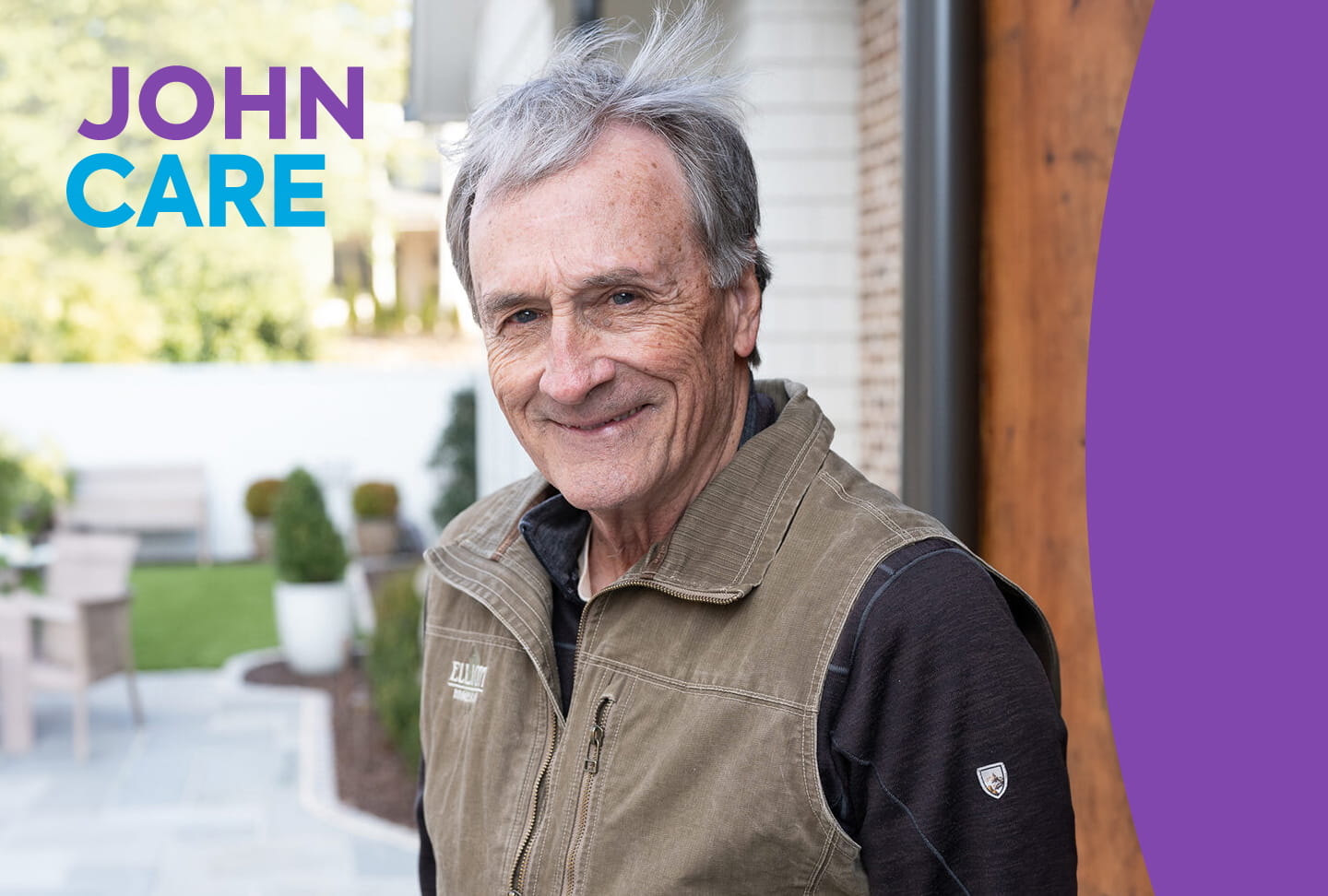
PeopleCare
JohnElliottCare
John Elliott was a builder who enjoyed meeting with clients and planning their future homes. But the effects of Parkinson’s disease made it hard for him to meet with clients and live his life. Then he found a new sense of hope thanks to the Wellstar Parkinson’s and Tremors Program and a procedure called deep brain stimulation (DBS). His experience is a powerful testament to the value of comprehensive care and how his neurologists, functional neurosurgeon and nurse navigator helped him rebuild his life.
Symptoms that were hard to shake
John has been building custom homes in Marietta for 45 years—a career defined by personal relationships with his clients. He loves spending time with his family, hunting, fishing and bushhogging the multi-generational family farm.
But in 2015, John’s hands began to shake. A former client and friend who was a retired neurologist recommended he see Dr. Thomas Holmes, a Wellstar neurologist.
A DaTscan, a type of nuclear imaging test that takes images of the brain, helped Dr. Holmes see a loss in John’s dopamine-producing neurons, which indicates Parkinson’s disease. The progressive neurological disorder affects a person’s motor functions and movements.
At first, medication helped. But years after his diagnosis, John’s medications were barely effective.
“A big part of custom home building is your interaction with your client,” John said. “Meeting with the customer became somewhat of a problem.”
His tremors and involuntary mouth movements left him feeling embarrassed.
“I kind of went into a shell and didn't want to see people because they would make comments, particularly about the mouth movement,” he said. “You want to hide.”

PeopleCare
XanderCare
A sudden accident
After finishing the 2-mile race at a track meet in Cartersville, Xander stayed to support his Woodstock High School teammates. When he was ready to go home, he texted his parents. A few moments later, everything changed. While tossing a ball with his friend, Xander ran to retrieve it—just as a discus struck him in the head. The discus hit Xander on the left side of his head with such force that he fell unconscious. Xander began seizing—his condition was critical. While his friend raced to notify their coaches, Kelly, Xander’s mom, had arrived to pick him up. “I’m sitting out front texting Xander, ‘I’m here,’ when emergency vehicles start pulling up,” Kelly said. “Then my husband called—‘Xander’s been hit.’” Kelly stayed with Xander as EMS evaluated him. “He was awake but not coherent,” she noted. They determined he would need to be airlifted to Wellstar Kennestone, a Level I Trauma Center.Life-saving surgery
Xander was swiftly transported to Wellstar Kennestone, where the trauma team was ready to act. Upon arrival, Wellstar Neurosurgeon Dr. Phillip Parry assessed the severity of Xander’s injury: a depressed skull fracture causing seizures. “The discus is a large weight—picture a five-pound Frisbee—that is flung through the air,” said Dr. Parry. “Thankfully, Xander’s skull protected his brain, but he essentially sustained a ballistic injury to the skull.” The impact to the left side of Xander’s skull left him with a fixed-focus neurologic deficit. His right arm—his dominant arm—had no muscle strength, and his right leg was weak. Dr. Parry performed an emergency craniotomy to remove the bone pressing on Xander’s brain. The surgery was successful, but the road ahead was uncertain. “The biggest challenge wasn’t the surgery itself—this is something we do every day,” he said. “It was telling a 16-year-old and his mother that we didn’t know whether he would regain function in his dominant arm.” Kelly had to trust in the care Xander was receiving. “You don’t know what you’re going to do in that situation. Nothing prepares you,” she said. “I had to have faith that he was in the right hands—and he truly was.”Steady progress
The day after Xander’s surgery, Wellstar Kennestone’s physical and occupational therapy teams began working at his bedside to restore movement in his non-functioning arm and leg. “You want to do everything you can to optimize the body’s ability to heal,” said Dr. Parry. “It was important that we provided that environment for him.” Xander’s positive attitude and determination played a crucial role in regaining function. His dad, Xavier, was amazed by his son’s resilience. “He was so proactive and driven to get better,” Xavier said. “It was inspiring to watch.” Still, sometimes the reality of what happened sank in. “He woke up one night and said, ‘I could have died,’” his mom remembered. “I told him, ‘Yes, but you didn’t.’ He said, ‘God must have something really special planned for me.’” Xander applied the same fortitude from running to each step of his healing. “Sometimes you can be your own worst enemy, but you can also be your biggest supporter,” he said. “If you don’t believe in yourself, how can anyone else believe in you?”Care that made a difference
Xander spent six days at Wellstar Kennestone before being transferred to inpatient rehabilitation. The support from Wellstar’s care team made a lasting impact. They were there for whatever we needed—compassionate and always listening to Xander’s needs,” Kelly said. One night during his stay, Xander woke needing help to get to the restroom. When a nurse arrived, he suddenly began seizing. “I’ve never seen eight nurses in a room so quickly,” his mom recalled. “Everyone knew exactly what to do.” One poignant moment came when Xander’s family had the discus—now a symbol of victory over his injury—signed by his care team. “It’s rewarding as a physician to know that I played a small part in restoring his ability to use his arm again,” Dr. Parry reflected. “As a parent, I know the anxiety that comes with the uncertainty of neurologic recovery. To see Xander move his arms and legs again, as if nothing happened, is a relief that’s indescribable.”The power of community
Xander’s recovery was supported not only by his family and Wellstar care team, but also by his school and community. After the accident, his track team dedicated the next meet to him, with “Run for Xander” wristbands and signs. A teammate also started a GoFundMe campaign, which raised nearly $13,000 to help with the family’s medical expenses. “People from all over came together for Xander,” Xavier said. “Posts on his team’s Facebook page were shared with running clubs from Canada to Miami. We were blown away.” Xander was especially touched by the support. “This whole experience showed me how much my family loves me,” he said. “Seeing my friends, teachers and even family from Texas come to help—it meant so much.”A bright future
After two and a half weeks of inpatient rehabilitation, Xander transitioned to outpatient rehab and continued regular follow-ups with Dr. Parry at the Wellstar Neurosurgery clinic. “At each phase, he received the best possible care,” explained Dr. Parry. “That’s why he had such a great outcome.” Today, Xander is almost fully recovered and back doing what he loves most—running. “Physically and mentally, he’s doing phenomenal,” Kelly said. “He has his own training program. I am so proud of him.” Xander’s progress wouldn’t have been possible without the trauma care network that supported him every step of the way. “The benefit of the trauma network can’t be overstated,” Dr. Parry said. “It ensures people get the best possible outcome even on their worst day.” With expert care and determination, Xander is ready for whatever comes next. Learn more about Trauma Services and Neuro Care at Wellstar.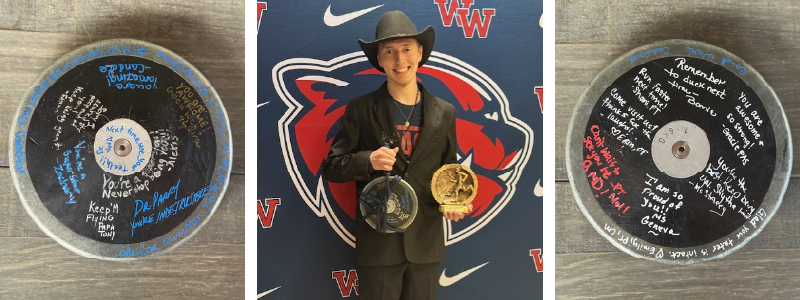
We use cookies for booking and general analytics. Learn more about or internet privacy policy.
